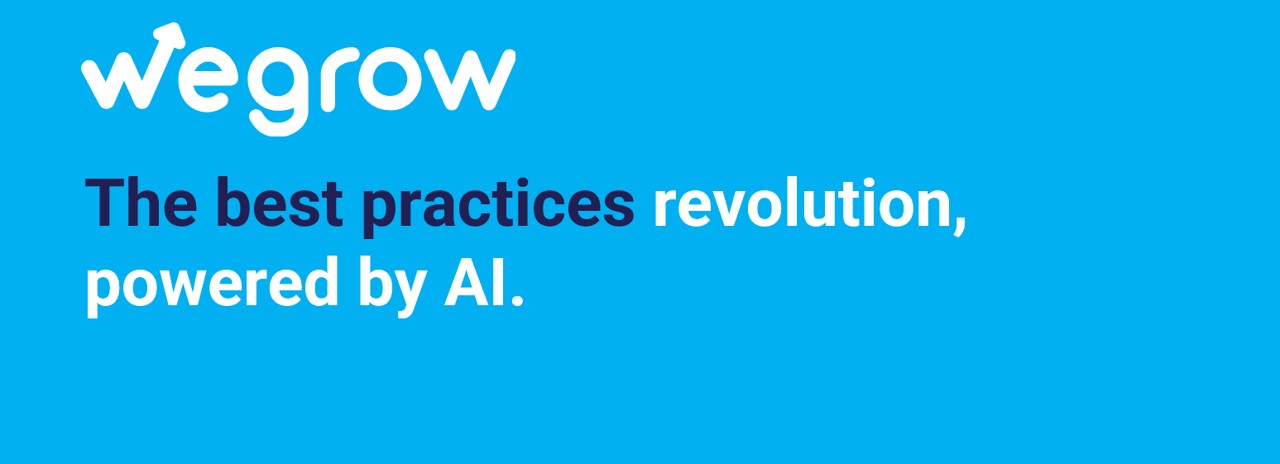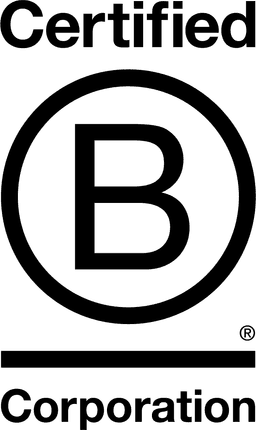

Wegrow

Paris, France
June 2024
Software publishing and SaaS platforms
Service with Minor Environmental Footprint
Belgium,
France,
Germany,
Italy,
Japan,
Netherlands The,
Singapore,
Spain,
Sweden,
Switzerland,
Trinidad and Tobago,
United Kingdom,
United States,
Vietnam
Wegrow is the best practices revolution. A SaaS platform where your teams share and scale Marketing, Sales, Finance, HR, CSR and operations best practices to drive efficiencies. We bring value to large organisations and teams by: - Engaging your teams. People feel rewarded and their great initiatives are recognized by their top management. Wegrow helps you to detect, motivate and keep your talents. 200 best practices shared per year for a team of 100. - Increasing margin. Scaling best practices is the best way to avoid reinventing the wheel. Wegrow helps your teams to share and scale best practices to drive savings and growth. For example, 20 best practices scaled per year for a team of 100, resulting in 1 to 3 Million € savings (Wegrow clients' average). - Saving time. 20% of your teams’ time is wasted hunting for information (McKinsey study), which often leads to frustration. Cut this loss by half with Wegrow, through faster collection of intel, less reinvention of the wheel and faster projects.
Overall B Impact Score
Governance 15.7
Governance evaluates a company's overall mission, engagement around its social/environmental impact, ethics, and transparency. This section also evaluates the ability of a company to protect their mission and formally consider stakeholders in decision making through their corporate structure (e.g. benefit corporation) or corporate governing documents.
What is this? A company with an Impact Business Model is intentionally designed to create a specific positive outcome for one of its stakeholders - such as workers, community, environment, or customers.
Workers 39.6
Workers evaluates a company’s contributions to its employees’ financial security, health & safety, wellness, career development, and engagement & satisfaction. In addition, this section recognizes business models designed to benefit workers, such as companies that are at least 40% owned by non-executive employees and those that have workforce development programs to support individuals with barriers to employment.
Community 14.5
Community evaluates a company’s engagement with and impact on the communities in which it operates, hires from, and sources from. Topics include diversity, equity & inclusion, economic impact, civic engagement, charitable giving, and supply chain management. In addition, this section recognizes business models that are designed to address specific community-oriented problems, such as poverty alleviation through fair trade sourcing or distribution via microenterprises, producer cooperative models, locally focused economic development, and formal charitable giving commitments.
Environment 8.1
Environment evaluates a company’s overall environmental management practices as well as its impact on the air, climate, water, land, and biodiversity. This includes the direct impact of a company’s operations and, when applicable its supply chain and distribution channels. This section also recognizes companies with environmentally innovative production processes and those that sell products or services that have a positive environmental impact. Some examples might include products and services that create renewable energy, reduce consumption or waste, conserve land or wildlife, provide less toxic alternatives to the market, or educate people about environmental problems.
Customers 6.3
Customers evaluates a company’s stewardship of its customers through the quality of its products and services, ethical marketing, data privacy and security, and feedback channels. In addition, this section recognizes products or services that are designed to address a particular social problem for or through its customers, such as health or educational products, arts & media products, serving underserved customers/clients, and services that improve the social impact of other businesses or organizations.
What is this? A company with an Impact Business Model is intentionally designed to create a specific positive outcome for one of its stakeholders - such as workers, community, environment, or customers.